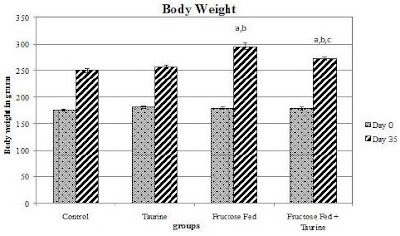25g Whey Protein or 10g of EAAs Maximize Post Workout Protein Synthesis Without Additional Carbs

While this probably won't end the debate on whether post-workout carbohydrate intake is a good or a bad thing, a recent review of the literature presented by Steward M. Phillips at the The Summer Meeting of the Nutrition Society ( Phillips. 2010 ) suggests that the addition of carbs to your post-workout shake is at least unnecessary, as long as you have a sufficient amount of leucine and EAAs in it: The increment in [muscle protein synthesis] MPS is maximally stimulated at a dose of protein of approximately 25 g or 10 g EAA . This rise is based solely on protein consumption and is not augmented by carbohydrate , at least when protein is adequate. Also, the type of protein is of utmost importance. Phillips recommends whey protein or (please note that it is not whey and EAAs ) a blend of EAAs at dosages of 25g and 10g, respectively. Figure 1: Whole blood leucine concentration (μ M ) following resistance exercise from subjects who consumed 500 ml fluid skim (low fat) m...





